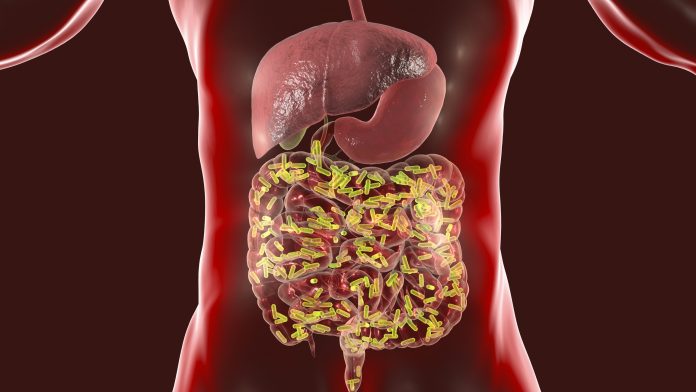

Two sophisticated pills could provide a window into the state of the digestive tract, potentially aiding in needed personalized treatments without resorting to invasive hospital tests.
An AI-enabled swallowable pill used with wearable electronics can map gas levels in the gut and is described by Yasser Khan, PhD, and colleagues at the University of Southern California in the journal. Cell Reports Physical Science.
Another pill that enables sampling of the small intestinal microbiome for the first time is described in a preclinical study by Sameer Sonkusale, PhD, and colleagues at Tufts University in the journal. DEVICE.
Sonkusale said Inside Precision Medicine that, given the importance of this microbiome in key aspects of health and disease, its analysis can predict how patients will respond to a particular treatment.
“This can help change the dose or change the treatment plan, enabling personalized and precision medicine,” he explained.
“By stratifying patients who will respond to treatment based on their small gut microbiome, it also has the potential to improve clinical trial success rates.”

The 3D printed pill has a soft, elastic exterior with sidewall entrances that are triggered by the pH of the small intestine. Elastic microvalves with inflated polyacrylate beads then seal the inlets after the intestinal contents have been collected.
The distinctive self-sealing mechanism automatically seals the pill, preventing contamination from the colon’s microbiome.
The functionality of the pill was characterized in vitro, ex vivo and in vivo and animal studies showed that the contents of the pill closely resemble bacterial populations recovered after death.
Compared to the microbiota in feces, which is currently often used as a sampling method, those collected using the ingestible device were more diverse and had lower bacterial concentrations.

The AI-based system for measuring gastrointestinal gas involves a different system that includes a swallow combined with wearable coils that use magnetic fields.
The 3D localization and assessment of this gas could be useful for the diagnosis and ongoing monitoring of conditions such as irritable bowel disease, Khan and team note.
It offers an alternative to current methods such as collection of flatus and bowel tubes, or indirect methods involving breath tests and stool samples.
The system was able to provide mm-scale resolution for gases along the gastrointestinal tract, and the optoelectronic gas sensors were able to measure oxygen in concentrations of 0-20% and ammonia samples in the concentration range of 0-100 ppm.
Ammonia measurements can serve as an indicator to identify the bacterium Helicobacter pyloriwhich is linked to peptic ulcers, gastritis and stomach cancer, the authors noted.
“Overall, the goal of this work is to empower patients to easily and accurately assess their GI gas profiles from the comfort of their own homes,” the authors added.
“By offering a non-invasive and user-friendly solution, this technology has the potential to revolutionize digestive health management, enabling individuals to take a more proactive role in their own well-being.”
#Ingestibles #offer #window #gut #health
Image Source : www.insideprecisionmedicine.com



